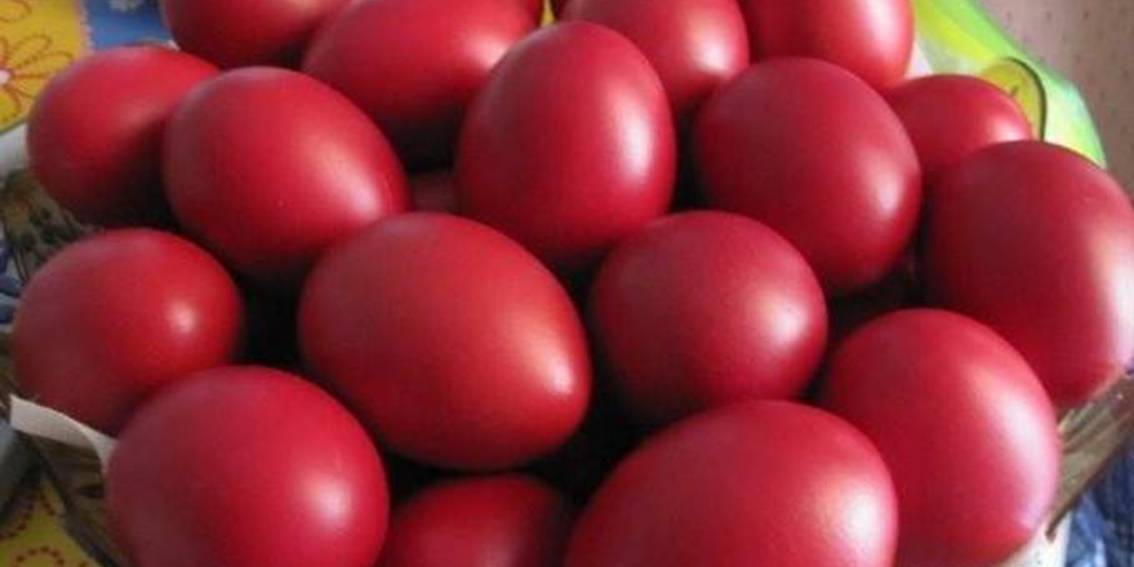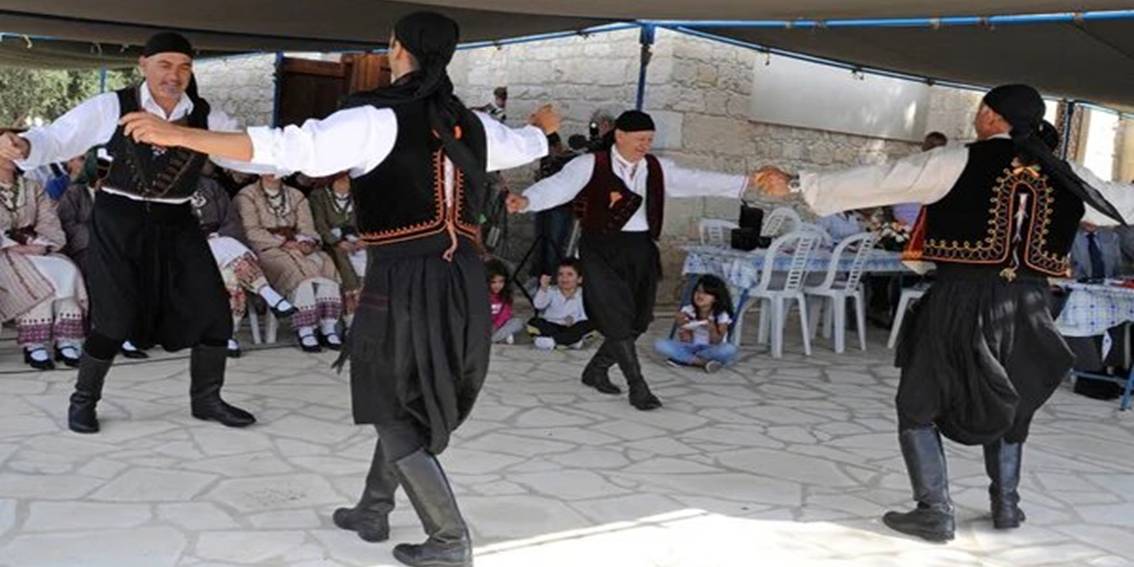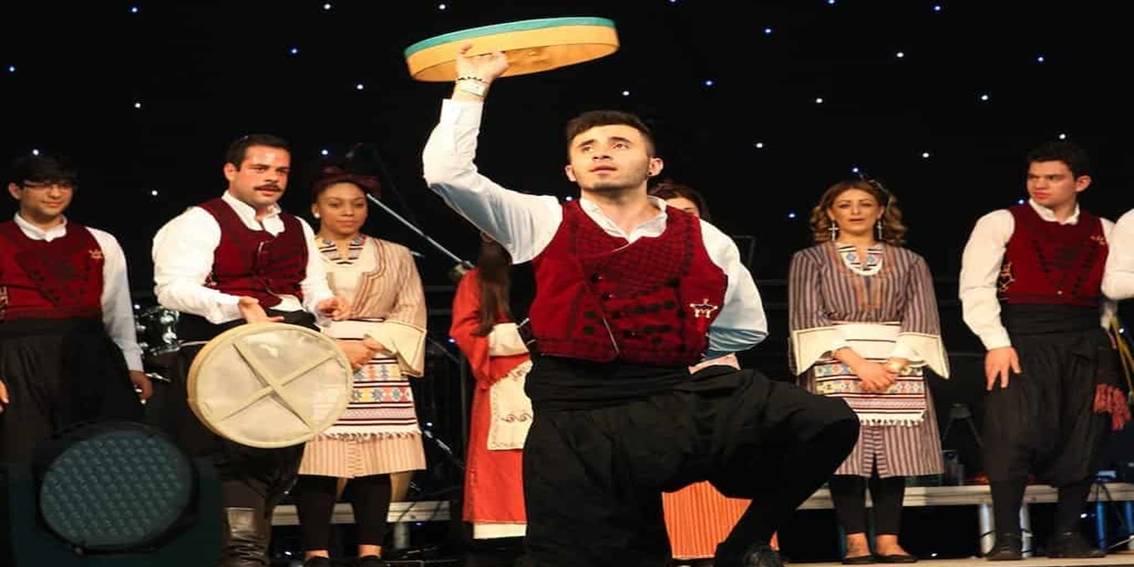The Ancient Symbolism of Eggs
Easter red eggs: Eggs have long symbolized fertility, rebirth, and new life. Ancient civilizations, including the Persians and Egyptians, exchanged decorated eggs during spring festivals. Early Christians adopted this tradition, linking it to Jesus’ resurrection. The egg’s hard shell represents the sealed tomb, while cracking it signifies Christ’s triumph over death.
The Meaning Behind the Red Color
Red holds deep religious significance in Christianity. It represents the blood of Jesus shed on the cross. The vibrant colour also signifies joy, victory, and eternal life. By dyeing eggs red, believers visually connect Christ’s sacrifice with the hope of resurrection.
A Tradition Rooted in Early Christianity
Dyeing the eggs red is a Custom dates back to the first centuries of Christianity. Some historians trace it to Mesopotamia, where early Christians stained eggs red in memory of Christ’s blood. This practice spread throughout the Byzantine Empire and became a key part of Easter celebrations.
The Legend of Mary Magdalene and the Red Egg
One popular story involves Mary Magdalene. After Christ’s resurrection, she visited Emperor Tiberius in Rome. She presented him with an egg and proclaimed, “Christ is risen”, the emperor scoffed, saying resurrection was as impossible as the egg turning red. Miraculously, the egg turned bright red in her hand. This legend reinforced the tradition of red eggs as a symbol of faith.
Red Eggs in Eastern Orthodox Tradition
In Greek, Russian, and other Orthodox Christian cultures, red eggs are central to Easter. Families dye eggs on Holy Thursday or Good Friday. They use natural dyes like onion skins, beet juice, or madder root. These eggs are often polished with olive oil for a shiny finish.
The Holy Thursday Ritual
Many Orthodox Christians dye eggs on Holy Thursday. This day commemorates the Last Supper. Dyeing the eggs becomes a sacred tradition. The oldest woman in the household often leads the process.
The Easter Sunday Blessing
On Easter Sunday, priests bless the red eggs in church. Families bring baskets of eggs, bread, and other foods. After the blessing, people exchange eggs with the greeting, “Christ is risen!” and the response, “Truly, He is risen!”

Cultural Variations of Red Egg Traditions
Greece and Cyprus: Cracking the Eggs
In Cyprus and Greece, people play a game called tsougrisma. They tap their eggs against each other’s, saying “Christos Anesti!” (“Christ has risen!”). The person whose egg remains uncracked enjoys good luck for the year.
Russia: Intricate Designs
Russians dye eggs red but also decorate them with detailed patterns. People here use wax-resist methods to create religious icons and floral designs. These eggs, called pysanky, are cherished gifts.
Romania: Egg Battles
Romanians also play an egg-tapping game and the winner keeps both eggs. Some believe the winning egg has special powers and bury it in fields for a good harvest.
The Role of Natural Dyes
Before artificial dyes, people used plants and spices to color eggs. Common natural dyes included:
Onion skins (deep red-brown)
Beetroot (pink-red)
Madder root (bright red)
Red cabbage (purple-red)
These dyes connected the tradition to nature and simplicity. Some families still prefer natural methods today.
Theological Significance of Red Eggs
Red egg at Easter is more than a decoration. It is a teaching tool. Parents explain its meaning to children, reinforcing faith. transforming the egg’s from white to red mirrors Christ’s sacrifice and resurrection.
Modern Adaptations of the Tradition
Today, people dye eggs in many colors, but red remains the most traditional. Some use stickers or markers for intricate designs. Others bake egg-shaped bread or chocolate eggs. Despite changes, the core symbolism stays strong.
Why the Tradition Endures
The red egg tradition has lasted for centuries because:
It visually represents Christ’s sacrifice.
Strengthens family bonds through shared rituals.
Connects generations, passing faith to children.
Combines art and religion, making theology tangible.
Conclusion
Dyeing red eggs at Easter is a powerful tradition. It blends ancient symbolism, deep faith, and cultural heritage. Each red egg tells the story of Christ’s resurrection. Whether through cracking games, natural dyes, or church blessings, the practice keeps the Easter message alive. For millions, the red egg remains a vibrant symbol of hope, victory, and new life.




